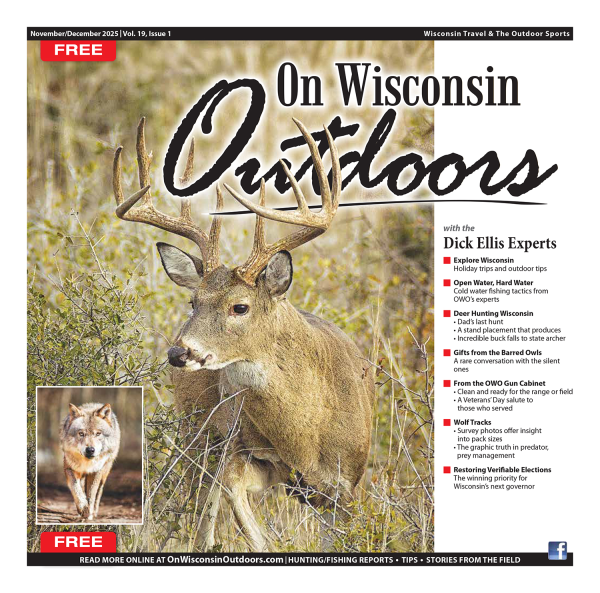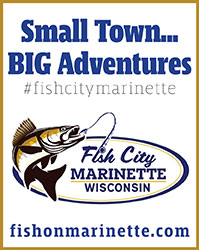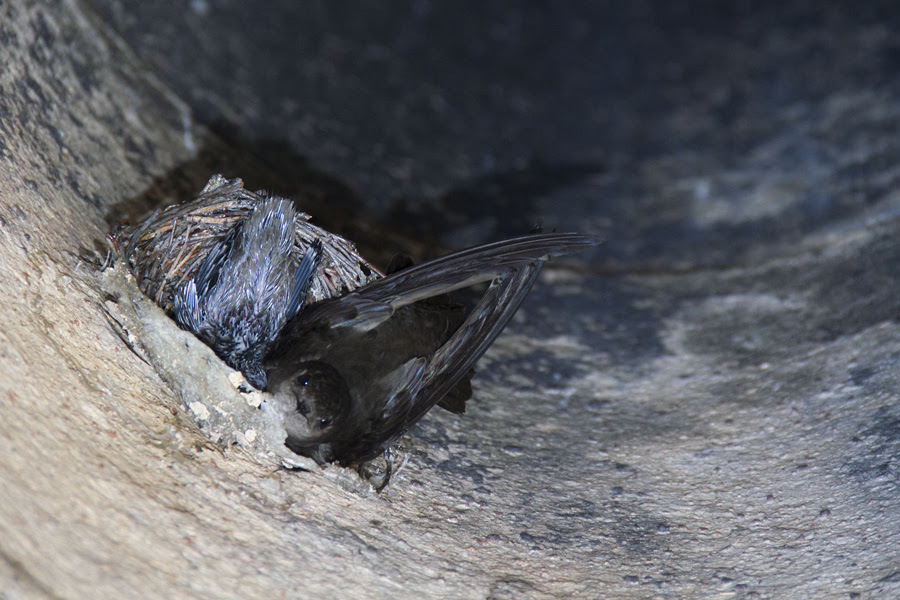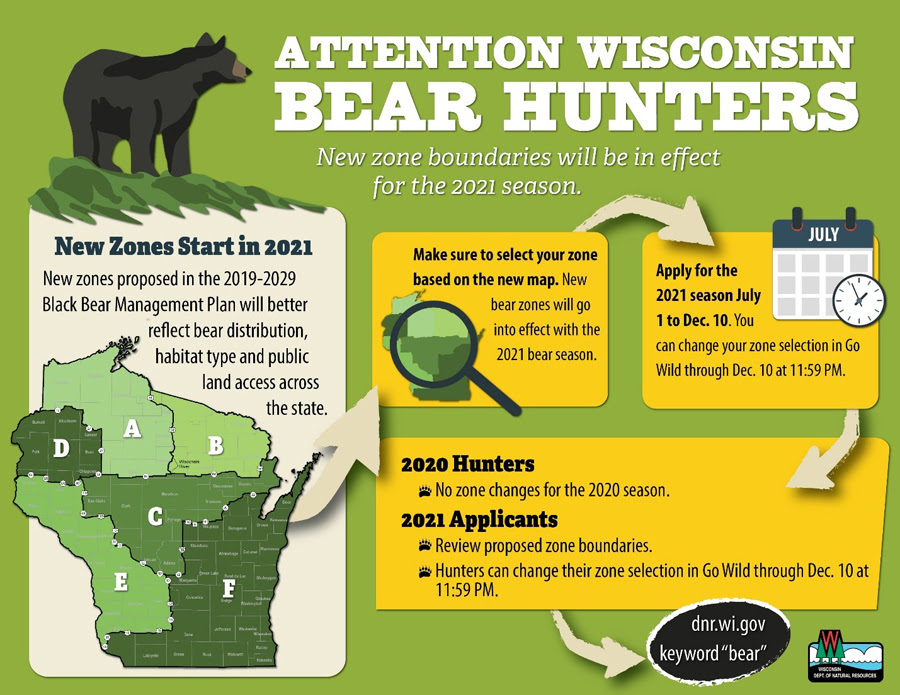|
FOR IMMEDIATE RELEASE: June 24, 2020
Contact: Tara Bergeson, DNR Invasive Species Team Leader
608-516-0487 or Tara.Bergeson@wisconsin.gov
2020 Invader Crusader Award Winners Announced
Individuals And Groups Honored For Work To Control Invasive Species
MADISON, Wis. – The 2020 “Invader Crusaders” are Wisconsin residents – and one friendly canine – recognized for their significant contributions to prevent, control or eradicate nonnative plants and animals that can harm Wisconsin’s ecosystems, economy and in some cases, public health.
Among this years’ winners are a retired Cambridge elementary school teacher’s aide still organizing students who help keep invasive species out of the school forest, a Fox Valley resident who has “rehomed” more than 400 exotic pets so they’re not released to the wild, and a Wausau resident and his golden Labrador dog who have tirelessly educated boaters and anglers on how to avoid spreading invasive aquatic plants.
The Invader Crusader award winners are selected by the Wisconsin Invasive Species Council as part of Invasive Species Action Month, which is underway this June. The council is advisory to the DNR, Gov. Tony Evers and the Wisconsin Legislature on invasive species issues.
Nominations come from residents and organizations and Invader Crusader awards are given in several categories. Award winners’ names, hometowns, and a brief description of their work follows; longer descriptions are available on the Wisconsin Invasive Species Council Invader Crusader web page.
Emerald ash borer, quagga mussel, common buckthorn, giant knotweed, sudden oak death pathogen, gypsy moth, garlic mustard and purple loosestrife are all examples of invasive species.
Professional Individuals Category Winners
Bob Wakeman, Wauwatosa, leader of DNR’s Aquatic Invasive Species (AIS) program for the past 10 years, has transformed Wisconsin’s AIS program into one of the best in the country and strengthened local, state, regional and national partnerships working to control invasive species.
Natalie Dutack, Milwaukee, and part of the Wisconsin River Alliance team, helped to improve AIS programming, especially Snapshot Day during which volunteers help identify new populations of restricted and prohibited species.
Cisco the dog and Chris Hamerla, Wausau, of Golden Sands Resource Conservation & Development Council have worked together on AIS education, outreach, monitoring, mapping and control focused on Marathon, Portage, Taylor and Wood counties. The two have been ambassadors spreading the prevention message to anglers, boaters and waterfowl hunters, including starring in outreach videos. Read more about Chris Hamerla and Cisco, and other stories about people working to control invasive species in the Summer 2020 issue of Wisconsin Natural Resources magazine.
Marian Farrior, Sauk City, restoration work party manager at the UW-Madison Arboretum since 2002, has trained, supervised and scheduled volunteer restoration leaders who lead other volunteers in conducting restoration work focused on invasive species management.
Michele Jasik, Madison, has worked and volunteered for organizations including the Invasive Plants Association of Wisconsin, Wisconsin Prescribed Fire Council, The Nature Conservancy and DNR in various roles to educate and empower volunteers and to map and conduct landowner contacts to allow for control of invasive porcelain berry in Madison.
Professional Group Category Winners
Golden Sands Resource Conservation & Development Council, Stevens Point, is a nonprofit organization that works with lake districts, lake associations, friends groups, citizens, private landowners, local government, business, and schools to educate them about AIS and motivate them to take action.
Volunteer Individuals Category Winners
John Eron, Stevens Point, initiated a public education effort about wild parsnip, an invasive plant that can take over prairies, oak savannas, and fens and cause severe rashes and blisters on people who get the sap on their skin. He was appointed weed commissioner of Portage and Wood counties and leads extensive education efforts that have reached county officials and staff, state legislators, schoolchildren and more.
Margaret Smith, River Falls, has worked tirelessly in Pierce and St. Croix counties to control wild parsnip, instituting a mapping project using volunteers to report the plant on roadsides for targeted control instead of having the town use broad herbicide application that could harm pollinators and wildflowers.
Georgia Gomez-Ibanez, Cambridge, retired from working with students as a teacher’s aide at Cambridge Elementary School but still helps mobilize students to reduce the impacts of invasive garlic mustard and buckthorn in the school woods. Her innovative ideas to control invasives and her passion inspire the teachers and students.
John Moyles, Menasha, has worked hard in the Fox Valley and Green Bay areas to provide alternatives to release for exotic pet owners who are no longer able to care for their pets. Through his efforts, over 450 pets have been re-homed instead of released into the wild.
|
















